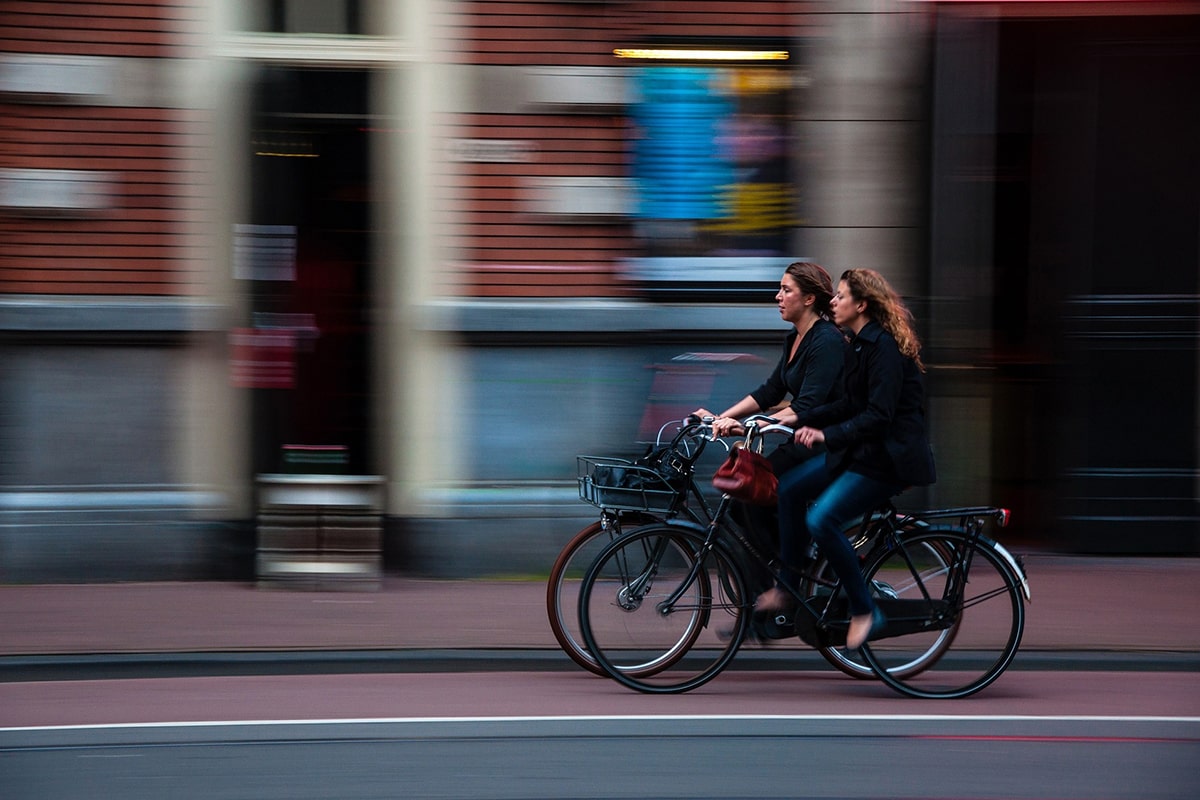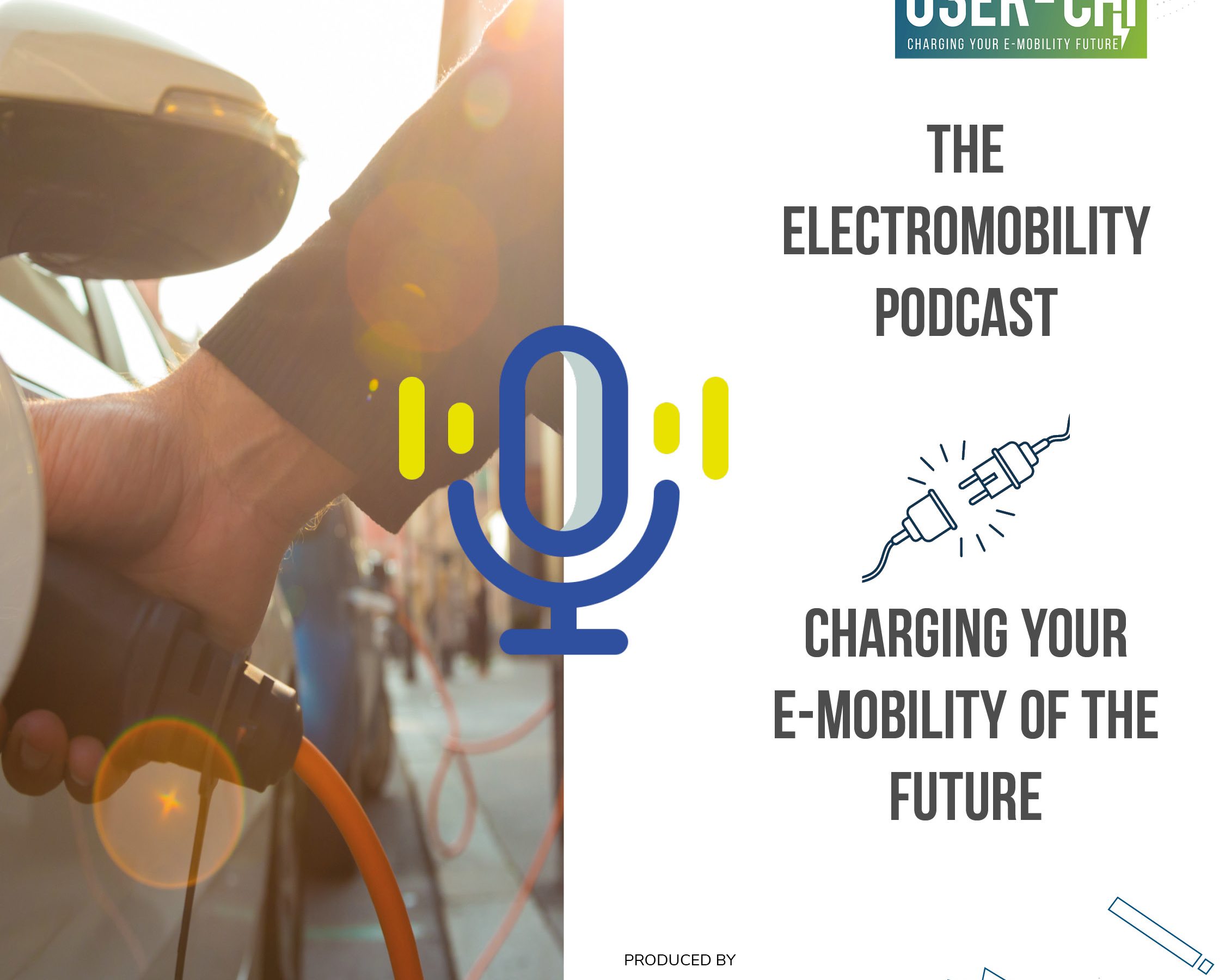Diversity in transport
Diversity, gender and transportation – How are they related?
Mobility and transportation are crucial for connecting people. They not only connect people, but also help them access a wide variety of opportunities. Mobility patterns differ greatly depending on the mode of transport, the purpose of the trip, time of travel, distance and routes, between the old and the young, men and women, people with reduced mobility and those without reduced mobility. This diversity in mobility patterns needs to be addressed in-depth in research projects, such as USER-CHI.
Current approaches to mobility put women at risk, and women’s mobility needs are often missed in so-called ‘gender-neutral’ design. So said , Ricard Barberà-Guillem from IBV, expert on the topic of human-centred design, in our webinar on 7 May 2020. In statistics, women are often treated as minorities even though they represent half of the population. For example, cars on the market are still not tested with women-like crash dummies, leading to safety issues, especially in case of pregnant women.
In the transport sector, the gender dimension reveals that differences exist in mobility patterns, as well as attitudes towards innovation and environmental impact. For example, women tend to undertake multiple trips per day, which are often shorter in comparison to men. Whereas women are likely to be more sceptical towards technology innovations, they are also more conscious of the environmental impact of their everyday behaviour and more willing to adapt it. Therefore, women can function as enablers of more sustainable transport modes, such as e-mobility.

Alessandra Barbieri, from the USER-CHI city of Florence, emphasized, that “women’s safety needs to be a priority in transport planning. The goal should be a city for all”. However, a connection between social justice and the technology-led transport sector is needed.
As the USER-CHI city partners are also involved in the topic of Mobility as a Service (MaaS) and e-mobility, special attention needs to be given to the fact that women seem to not use shared mobility services with children. Chiara Lorenzini from the city of Florence explained that shared mobility companies often do no provide children’s safety seats for e-cars and e-bikes.
Women’s needs should be carefully taken into account both in terms of suitable technologies and of communication campaigns if we want to make the e-mobility transition happen.





